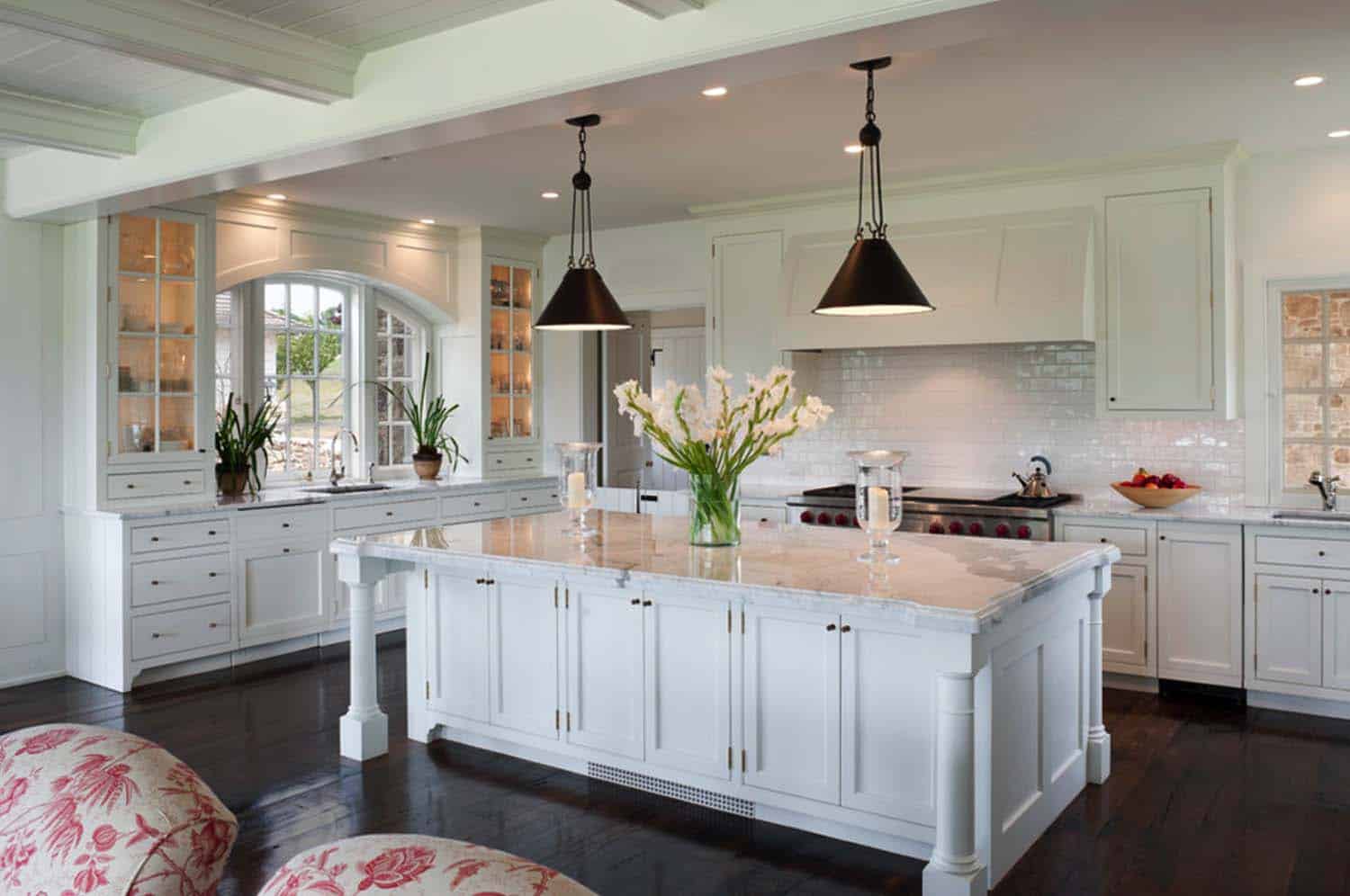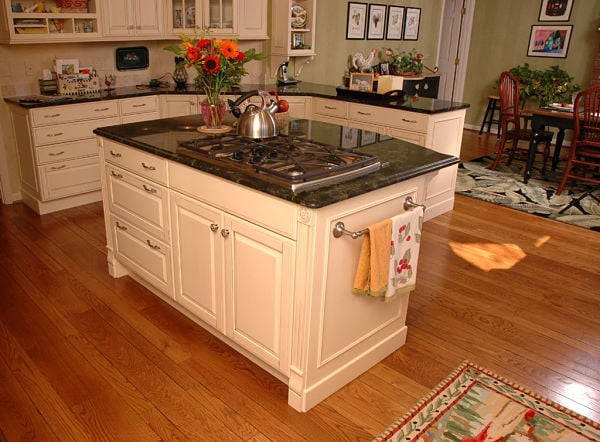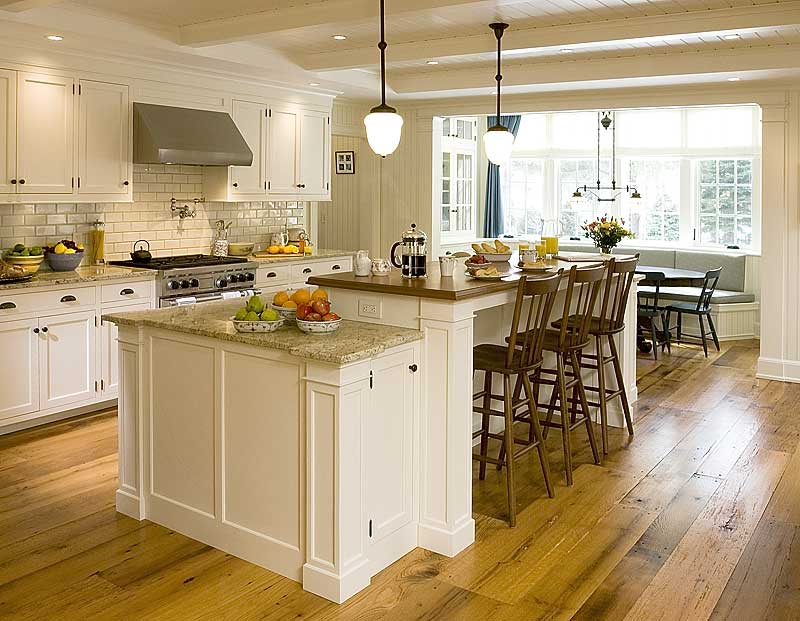Kitchen islands have become a popular feature in modern homes, offering not only extra storage space and workspace, but also a stylish focal point for the room. However, many homeowners struggle with the layout of their kitchen island, particularly when it comes to its relationship with the dining table. Should the two be parallel or perpendicular? Is one better than the other? In this article, we will explore the benefits and considerations of having a dining table parallel to a kitchen island, and provide tips on how to design a kitchen island that works for your space.How to Design a Kitchen Island That Works
When it comes to kitchen design, space is often at a premium. This is especially true in smaller kitchens, where every inch counts. By placing the dining table parallel to the kitchen island, you are maximizing the use of available space. This layout allows for easy movement between the two areas, as well as efficient use of the surrounding space for other kitchen features such as cabinets and appliances.1. Efficient Use of Space
A parallel layout also creates a seamless flow between the kitchen and dining area. This is especially beneficial for open concept living spaces, where the kitchen is not separated from the rest of the living area. With the dining table parallel to the kitchen island, there is a natural transition from one space to the other, making it easier to entertain and socialize while cooking.2. Seamless Flow
Having a dining table parallel to the kitchen island also offers versatility in design. This layout allows for a variety of options when it comes to the size and shape of the dining table. You can choose a long, rectangular table for a more formal look, or opt for a smaller, round table for a cozier feel. This flexibility in design ensures that the kitchen island and dining table complement each other, while still being functional and aesthetically pleasing.3. Versatility in Design
For those who love to cook and entertain, having a dining table parallel to the kitchen island can make meal preparation and serving much easier. With this layout, you can quickly move from the kitchen to the dining area without any obstacles in your way. This makes for a more efficient workflow, allowing you to spend more time with your guests and less time running back and forth between the two spaces.4. Efficient Workflow
Another benefit of having a dining table parallel to the kitchen island is the improved traffic flow in the kitchen. With this layout, there is a designated area for dining, keeping the rest of the kitchen clear for cooking and other tasks. This is especially important for those with larger families or frequent guests, as it prevents overcrowding and potential accidents in the kitchen.5. Better Traffic Flow
A dining table parallel to the kitchen island also promotes socializing. With this layout, the cook can easily interact with guests at the dining table while preparing a meal. This makes for a more enjoyable and inclusive dining experience, as everyone can be a part of the cooking process. It also allows for easier conversation and connection between guests, making for a more memorable and enjoyable gathering.6. Enhanced Socializing
When designing a kitchen island parallel to a dining table, there are a few important considerations to keep in mind. Firstly, make sure there is enough space between the two areas for easy movement and comfortable seating. Additionally, consider the height of the dining table in relation to the kitchen island. It should be at a similar height to ensure a cohesive look and comfortable dining experience.7. Design Considerations
Proper lighting and access to outlets are also important for a functional and well-designed kitchen island and dining area. Make sure there is adequate lighting over both the kitchen island and dining table, as well as nearby outlets for small appliances or charging devices. This will make meal prep and dining more convenient and enjoyable.8. Lighting and Outlets
One of the best things about having a dining table parallel to the kitchen island is the opportunity to personalize the space. You can add your own unique touches, such as artwork, plants, or decorative pieces, to create a warm and inviting atmosphere. This makes the kitchen and dining area feel more like a part of your home, rather than just a functional space.9. Personalize Your Space
Maximizing Space and Functionality: The Benefits of a Dining Table Parallel to Kitchen Island

The Importance of a Well-Designed Kitchen
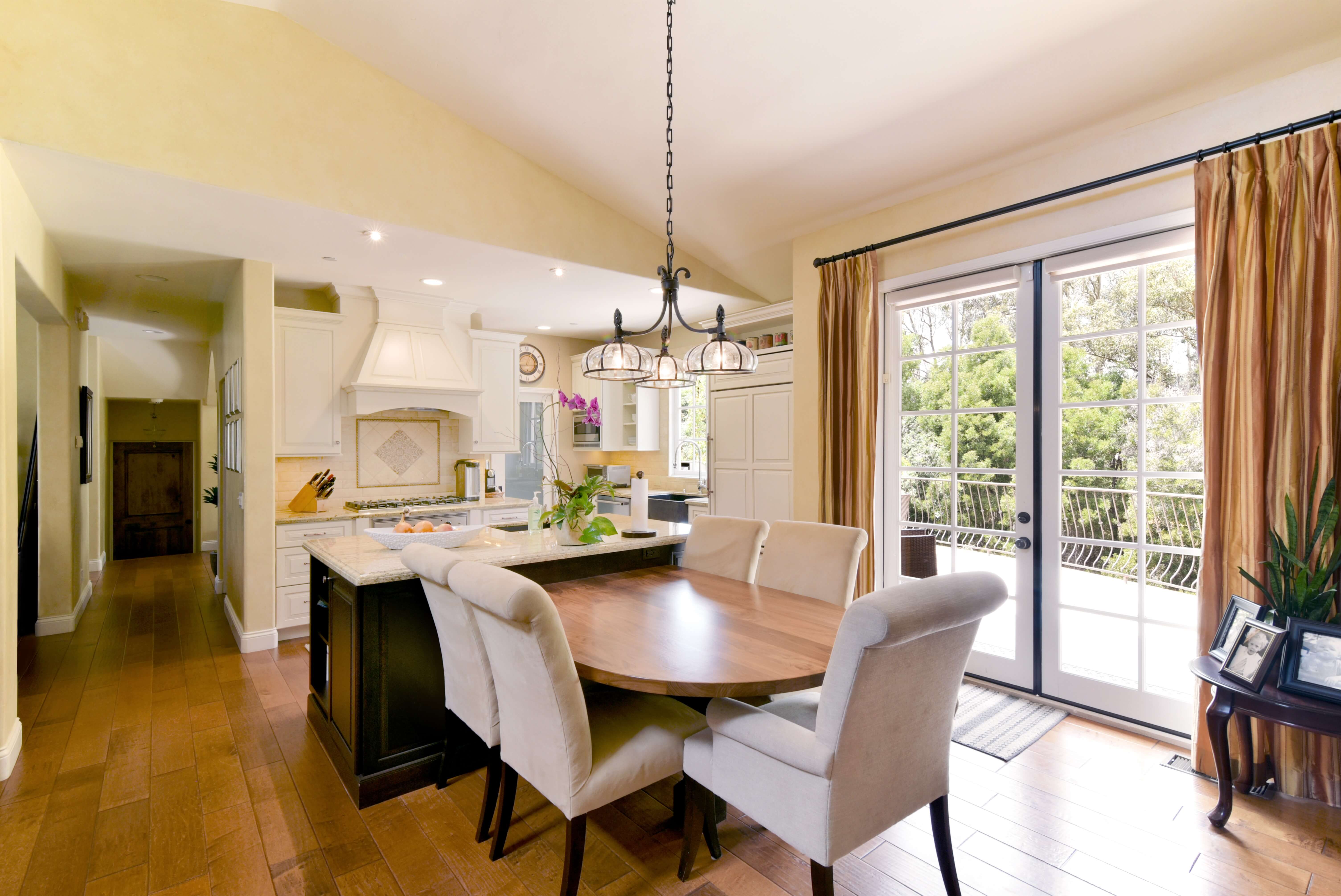 When it comes to designing a house, the kitchen is an essential space that requires careful planning and consideration. It is where meals are prepared, family gatherings take place, and memories are made. As such, it is crucial to create a functional and efficient kitchen that meets the needs of the household. One popular design trend that has been gaining popularity is having a dining table parallel to the kitchen island. This layout offers numerous benefits, both in terms of space utilization and functionality.
When it comes to designing a house, the kitchen is an essential space that requires careful planning and consideration. It is where meals are prepared, family gatherings take place, and memories are made. As such, it is crucial to create a functional and efficient kitchen that meets the needs of the household. One popular design trend that has been gaining popularity is having a dining table parallel to the kitchen island. This layout offers numerous benefits, both in terms of space utilization and functionality.
Maximizing Space
 In today's fast-paced world, space is a valuable commodity. Many homeowners struggle with making the most out of the limited space they have in their homes. This is where the concept of having a dining table parallel to the kitchen island comes in. By positioning the dining table parallel to the kitchen island, you are essentially creating a double-duty space that serves as both a dining area and an extension of your kitchen workspace. This not only saves space, but it also creates a seamless flow between the two areas, making it easier to navigate and work in the kitchen.
The main keyword
"dining table parallel to kitchen island" is crucial in this design trend as it allows for a more efficient use of space, especially in smaller homes or apartments. By having the dining table parallel to the kitchen island, you are eliminating the need for a separate dining room, which can often take up a significant amount of space.
In today's fast-paced world, space is a valuable commodity. Many homeowners struggle with making the most out of the limited space they have in their homes. This is where the concept of having a dining table parallel to the kitchen island comes in. By positioning the dining table parallel to the kitchen island, you are essentially creating a double-duty space that serves as both a dining area and an extension of your kitchen workspace. This not only saves space, but it also creates a seamless flow between the two areas, making it easier to navigate and work in the kitchen.
The main keyword
"dining table parallel to kitchen island" is crucial in this design trend as it allows for a more efficient use of space, especially in smaller homes or apartments. By having the dining table parallel to the kitchen island, you are eliminating the need for a separate dining room, which can often take up a significant amount of space.
Enhanced Functionality
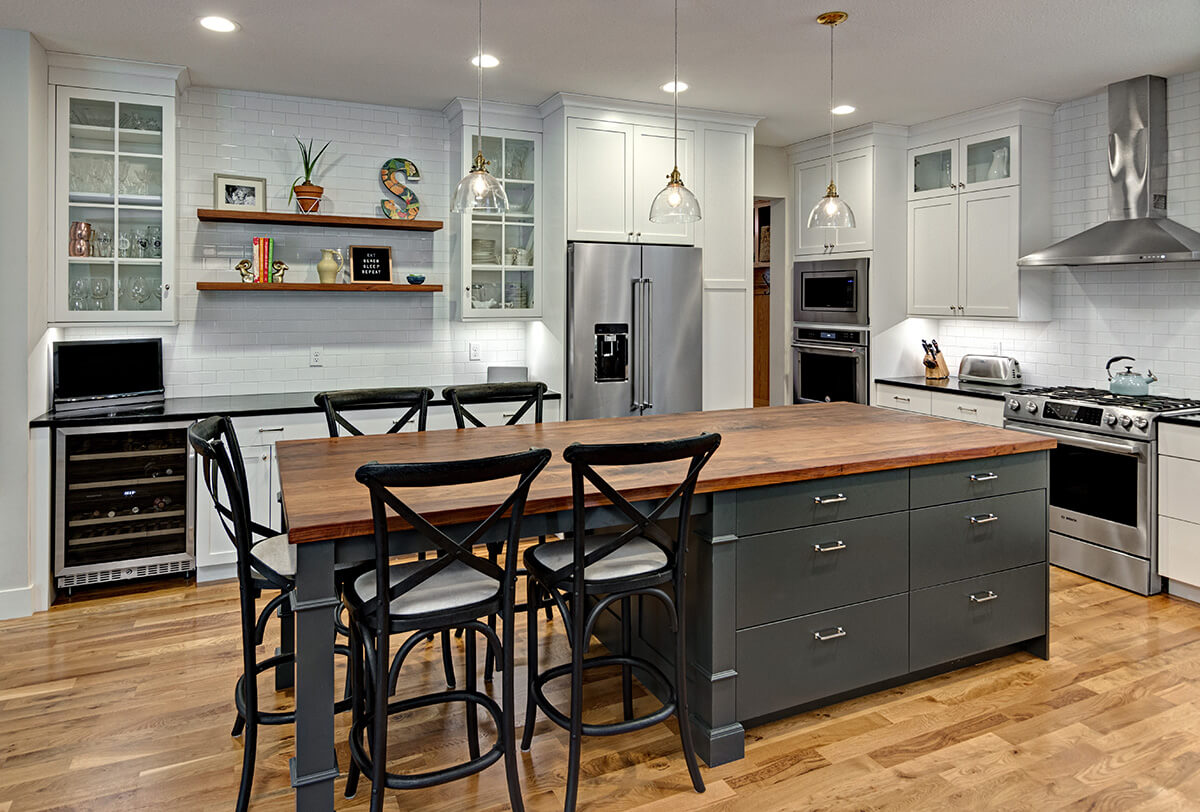 Aside from maximizing space, having a dining table parallel to the kitchen island also offers enhanced functionality. With this layout, the dining table becomes an extension of the kitchen island, providing additional counter space for meal prep, serving, and even storage. This design also encourages interaction and conversation between the cook and the guests, creating a more inclusive and social dining experience.
The related main keyword
"kitchen island" is also essential in this layout as it serves as the central hub of the kitchen, providing additional storage, workspace, and seating options.
Aside from maximizing space, having a dining table parallel to the kitchen island also offers enhanced functionality. With this layout, the dining table becomes an extension of the kitchen island, providing additional counter space for meal prep, serving, and even storage. This design also encourages interaction and conversation between the cook and the guests, creating a more inclusive and social dining experience.
The related main keyword
"kitchen island" is also essential in this layout as it serves as the central hub of the kitchen, providing additional storage, workspace, and seating options.
Final Thoughts
:max_bytes(150000):strip_icc()/farmhouse-style-kitchen-island-7d12569a-85b15b41747441bb8ac9429cbac8bb6b.jpg) In conclusion, opting for a dining table parallel to the kitchen island is a smart and practical choice for any homeowner. It maximizes space, enhances functionality, and creates a seamless flow between the kitchen and dining area. So the next time you are designing or renovating your kitchen, consider this layout and see the benefits it can bring to your home.
In conclusion, opting for a dining table parallel to the kitchen island is a smart and practical choice for any homeowner. It maximizes space, enhances functionality, and creates a seamless flow between the kitchen and dining area. So the next time you are designing or renovating your kitchen, consider this layout and see the benefits it can bring to your home.
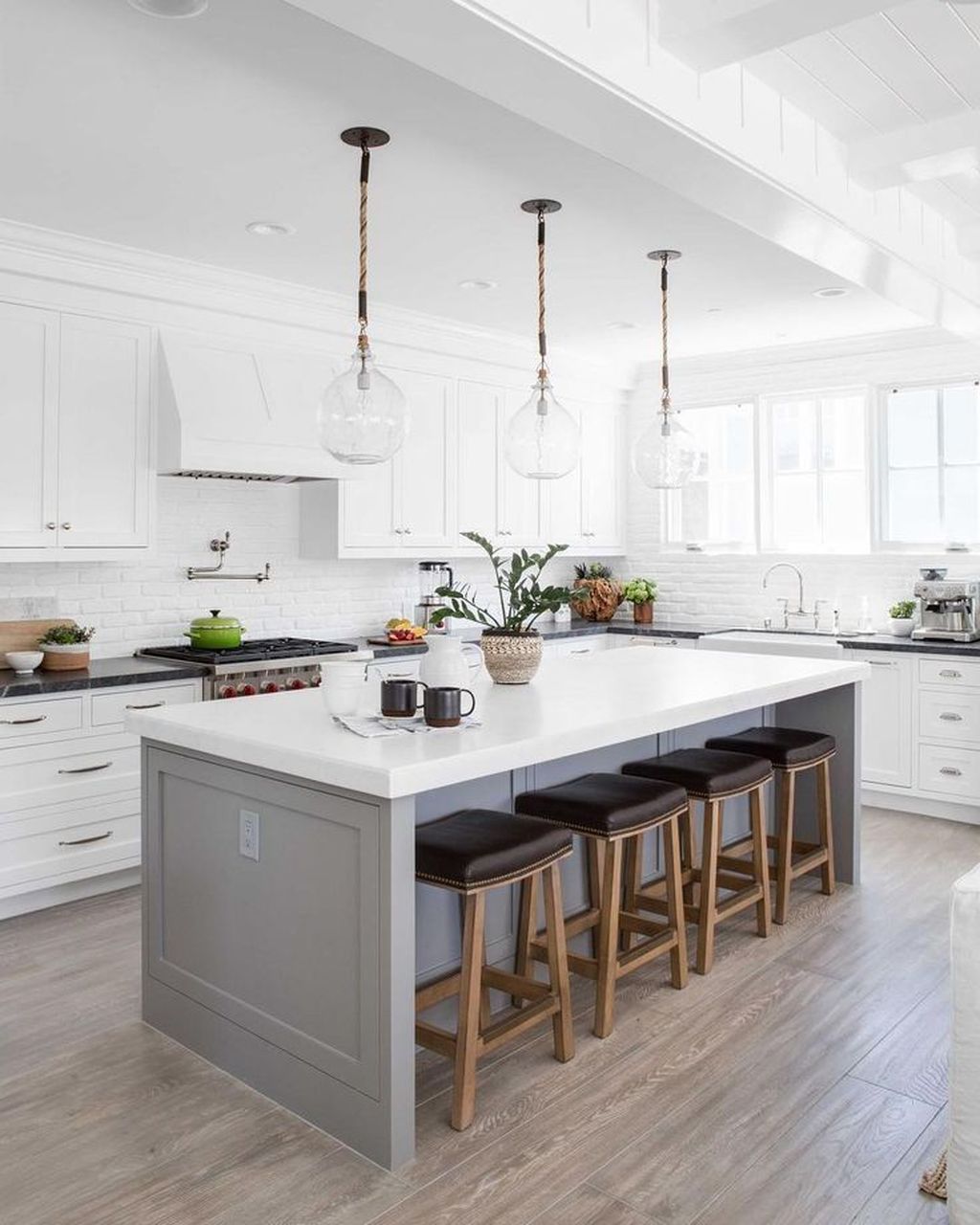
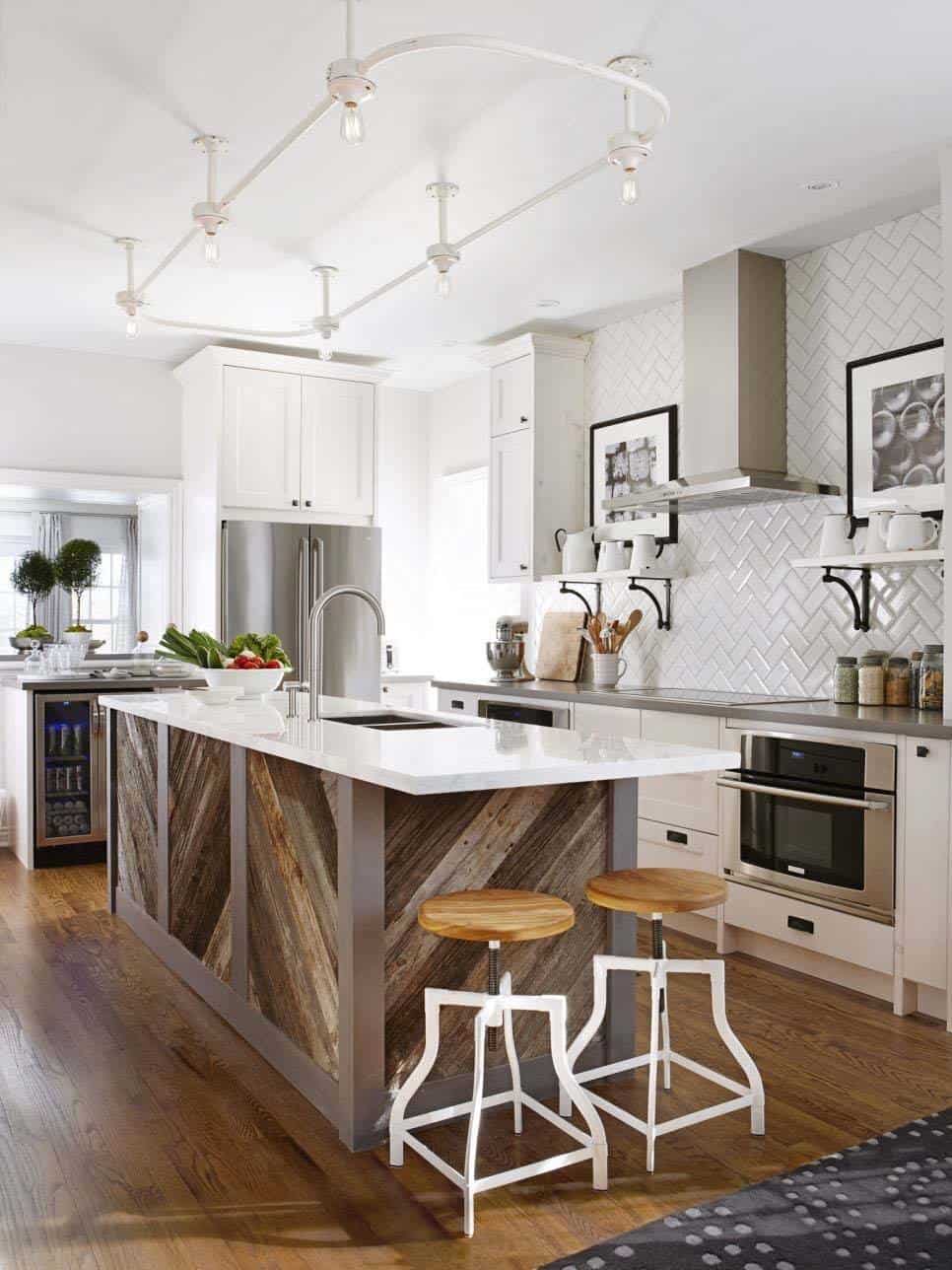

:max_bytes(150000):strip_icc()/DesignWorks-0de9c744887641aea39f0a5f31a47dce.jpg)
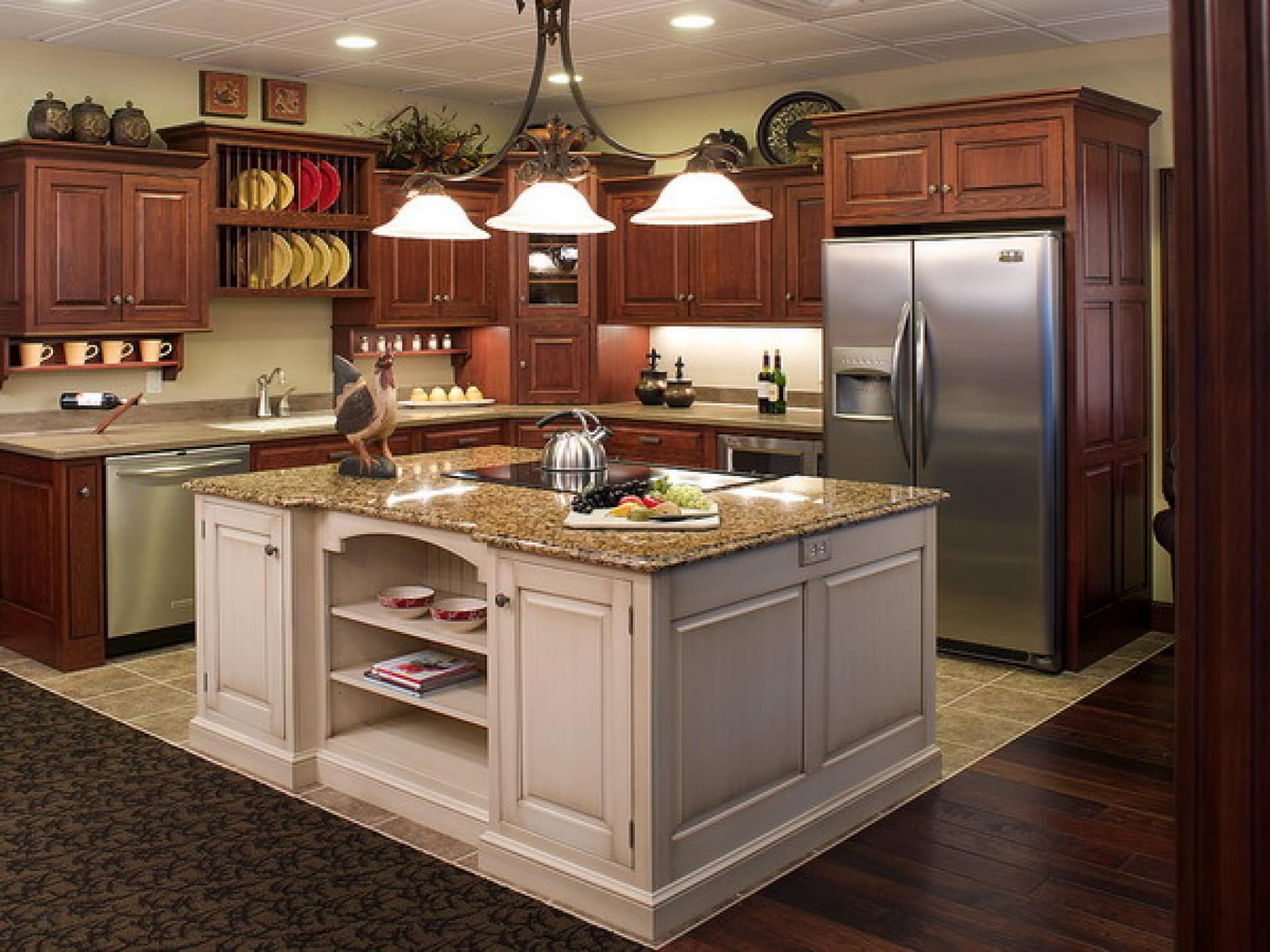

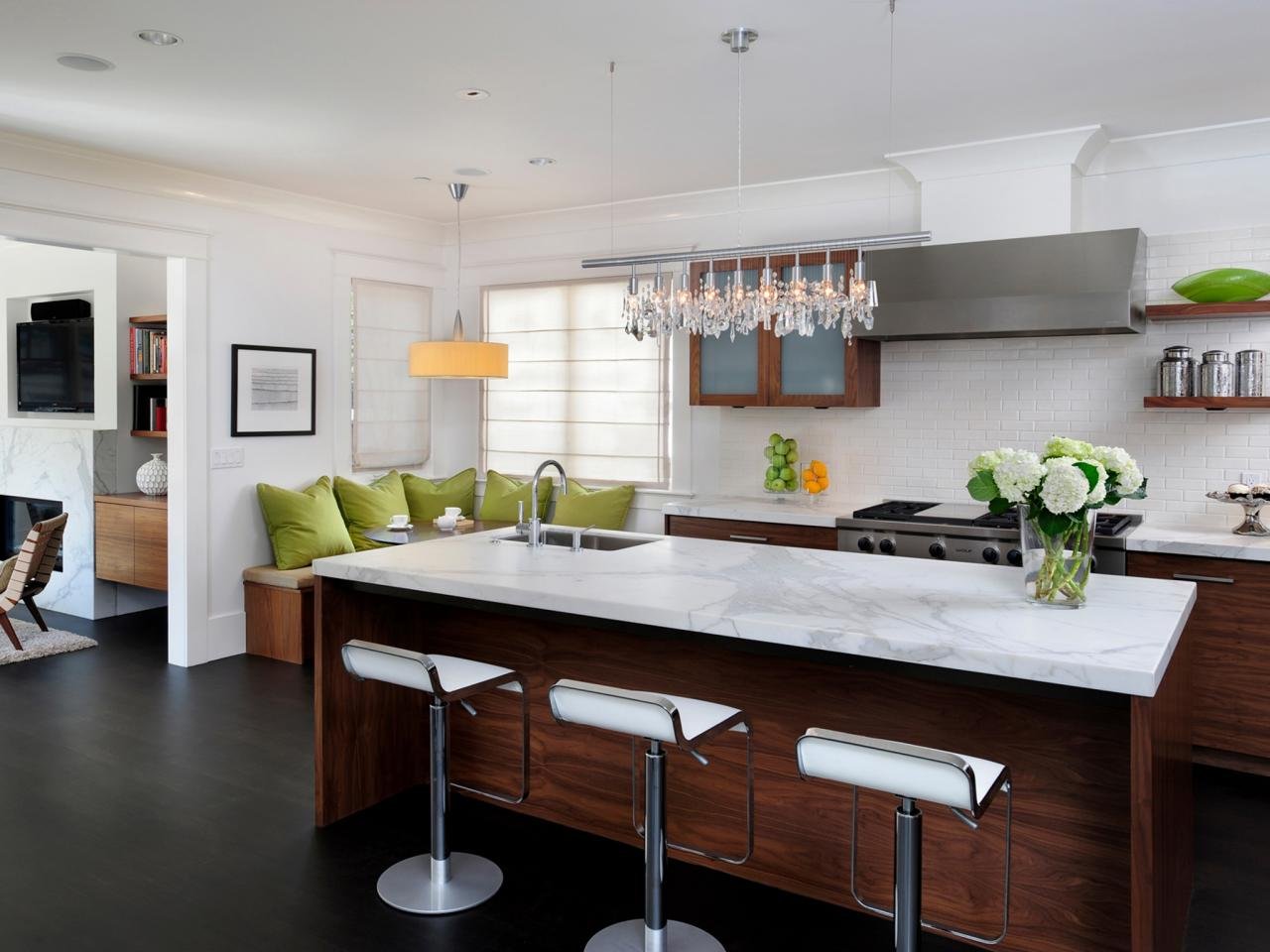
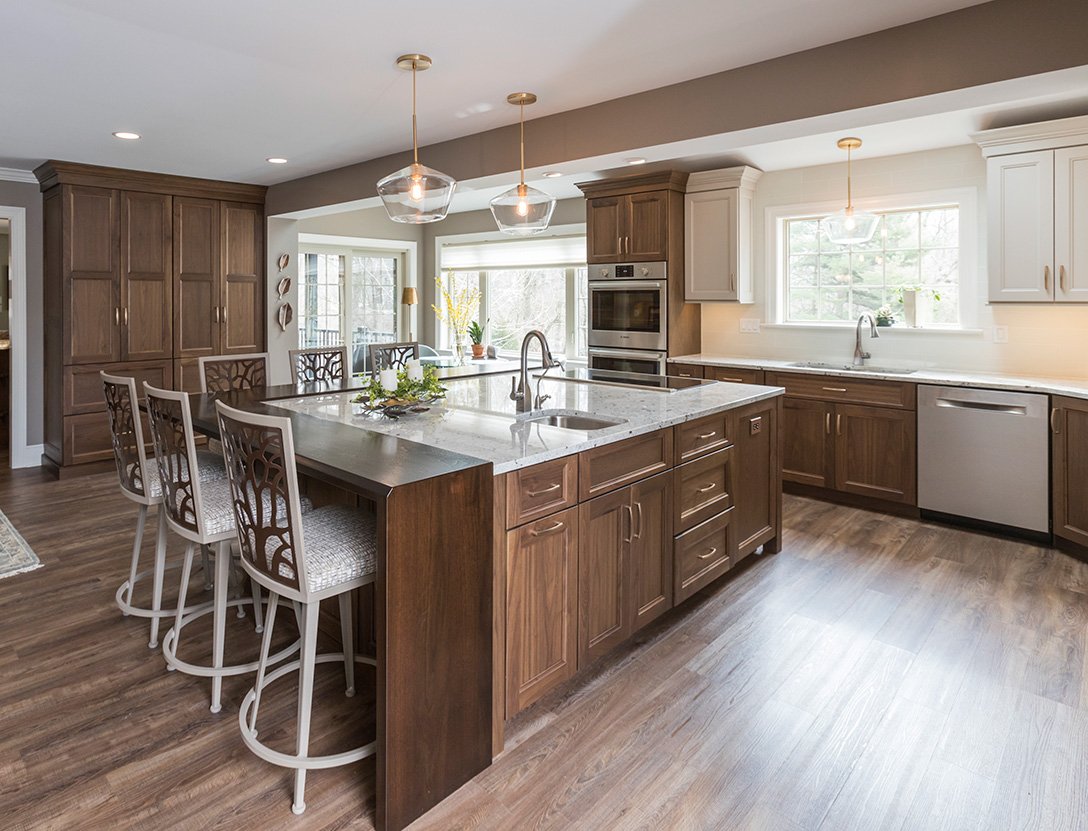
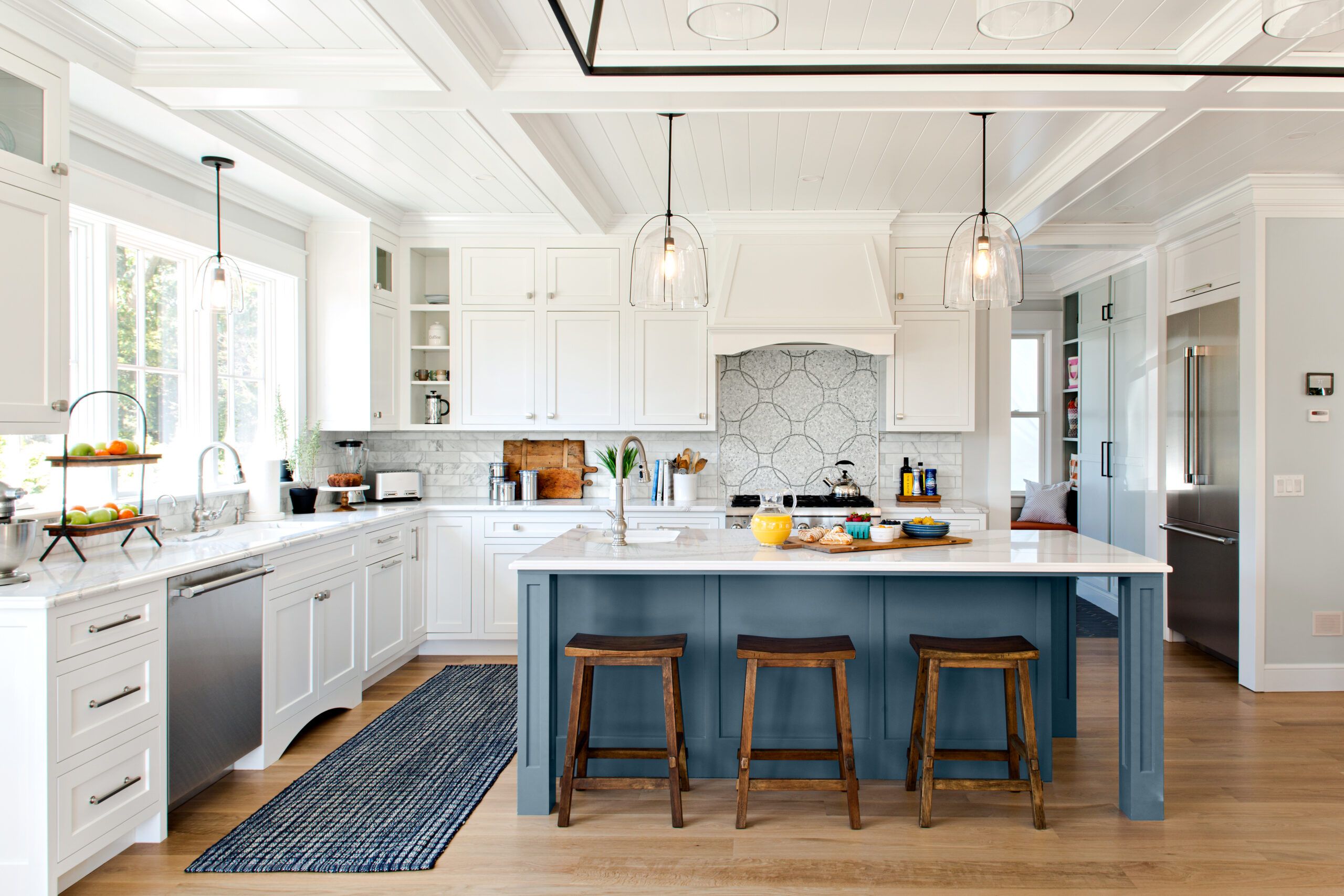
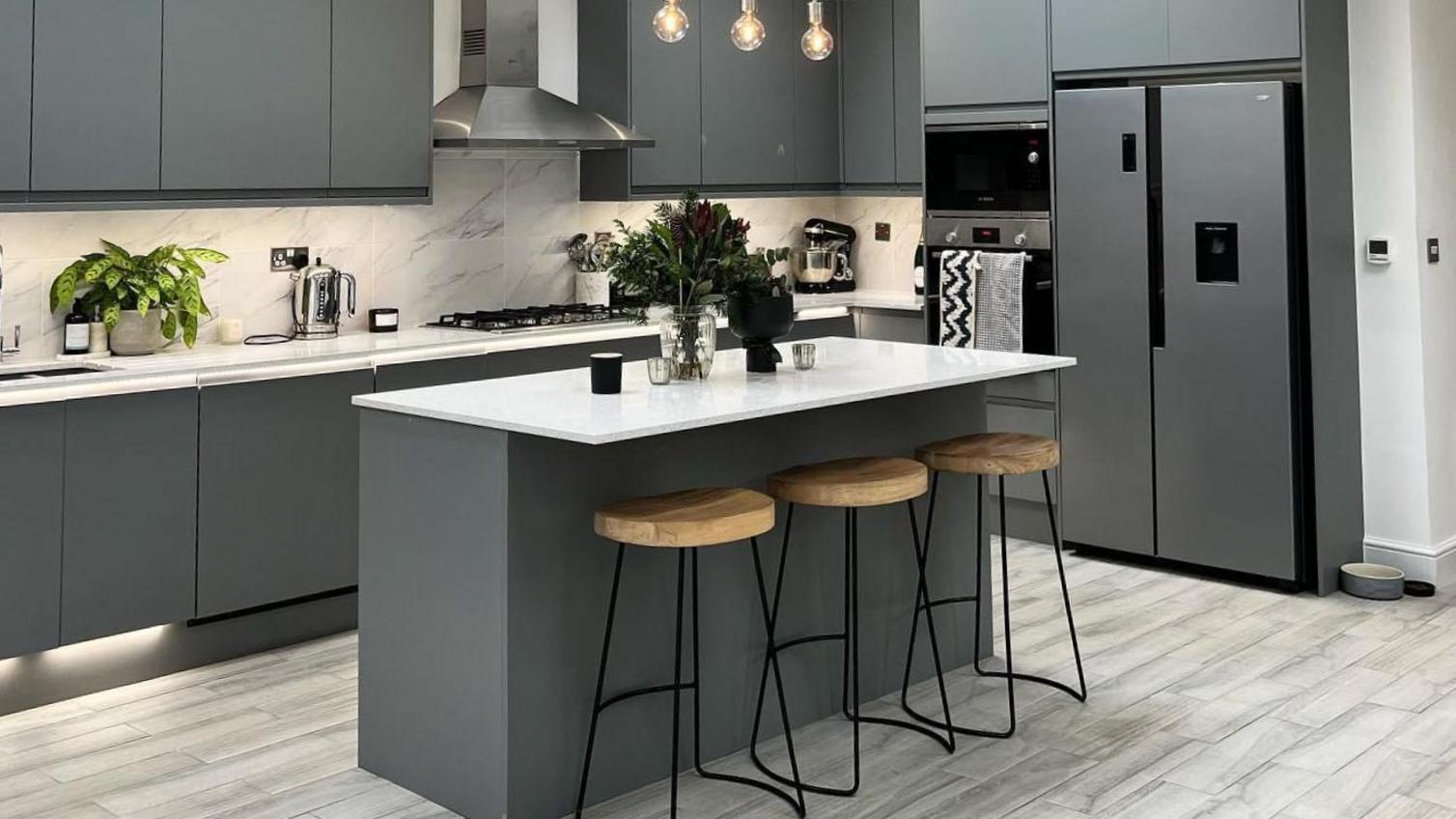

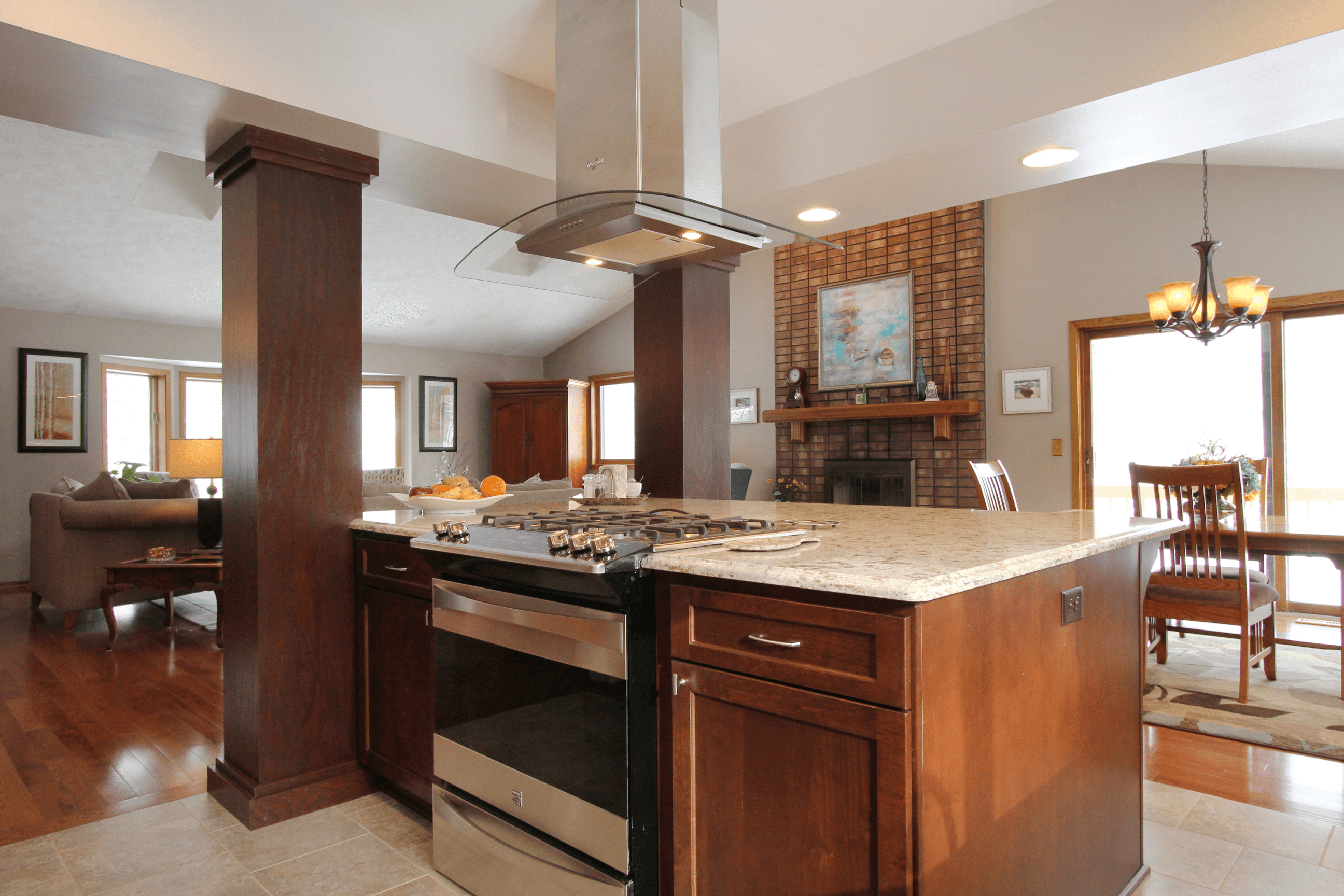
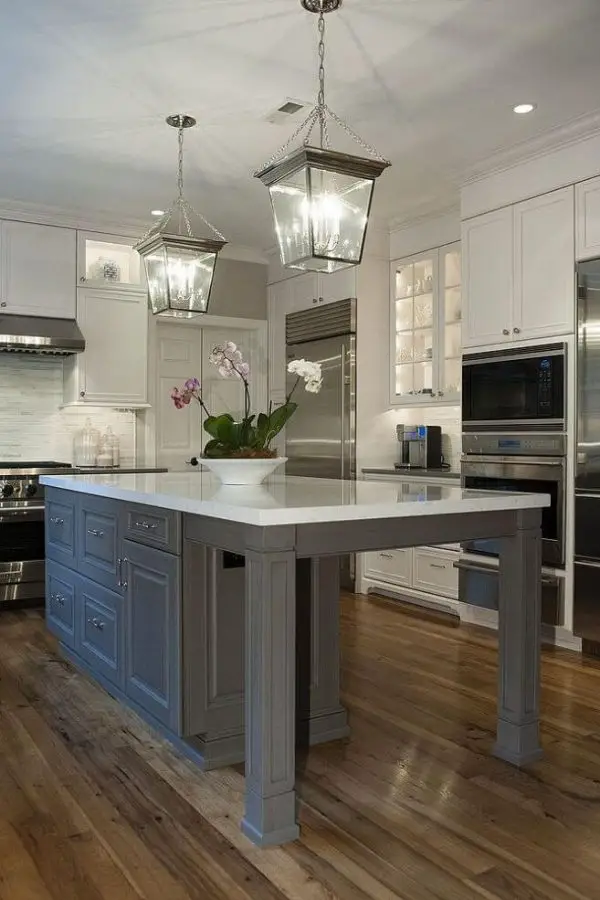
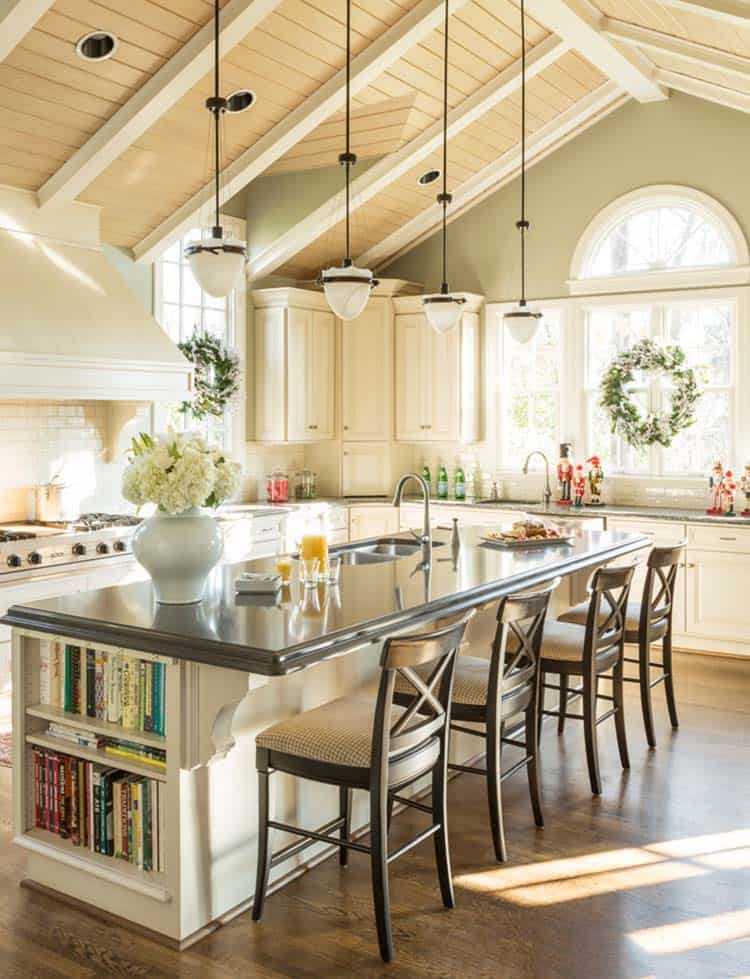
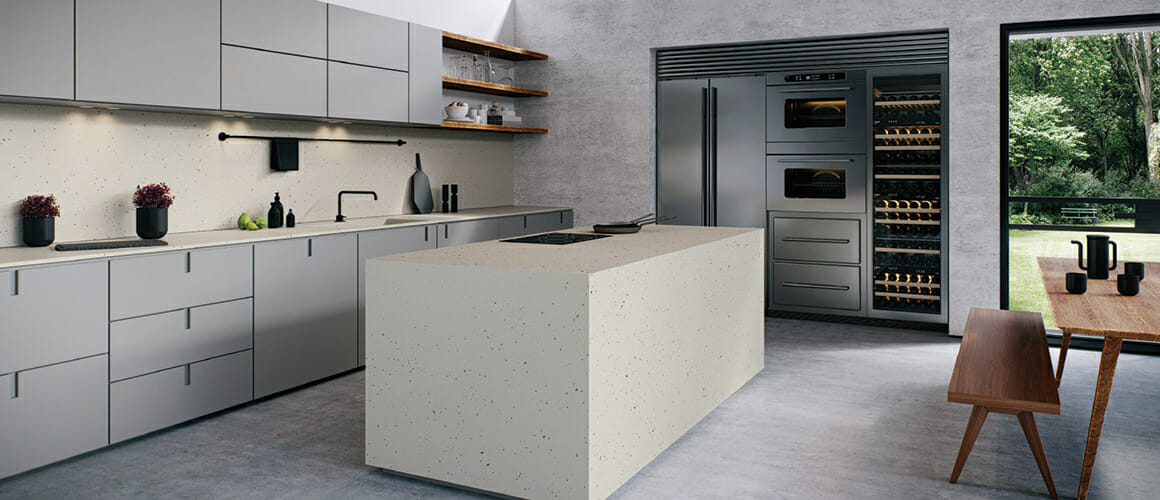
/DesignWorks-baf347a8ce734ebc8d039f07f996743a.jpg)


